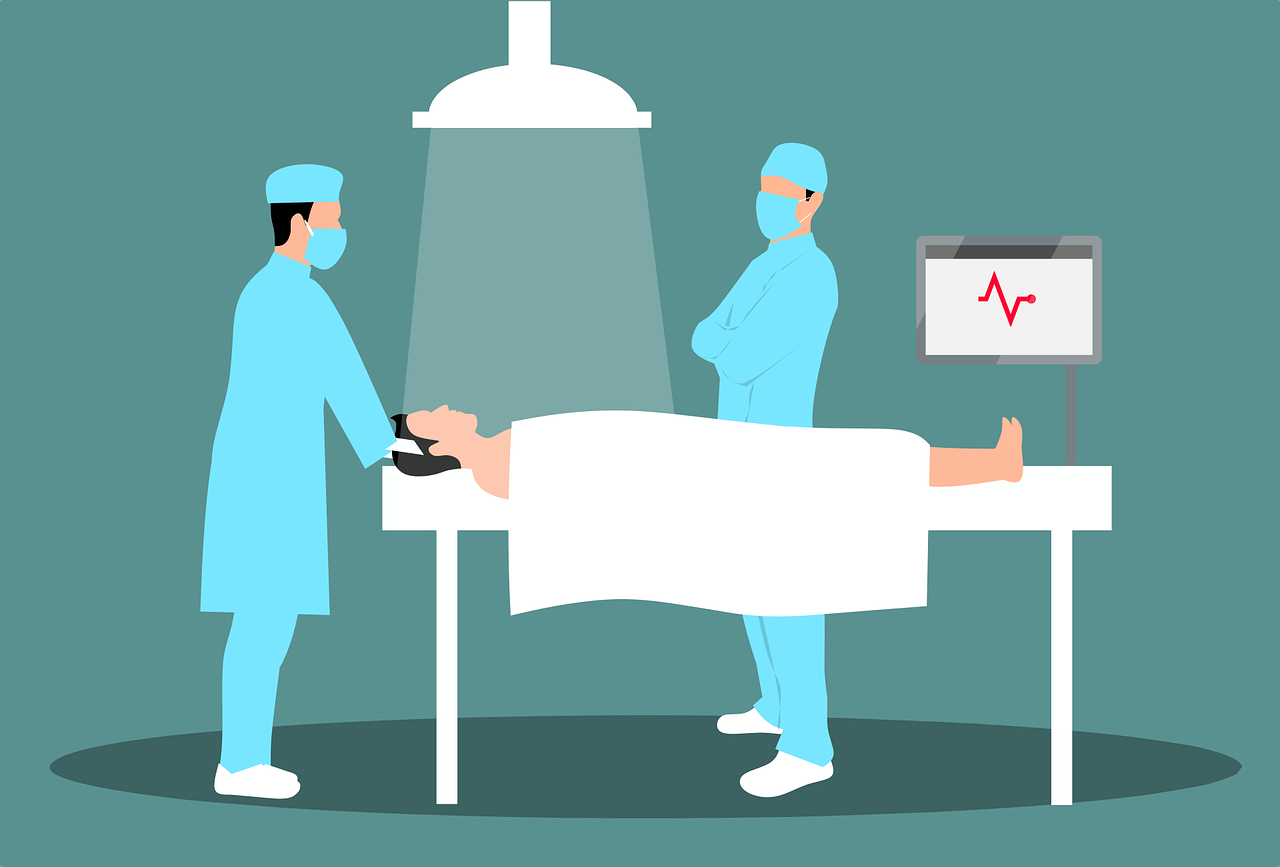School of Medicine
B.Sc. in Anesthesia
Four for regular
Completing preparatory and scoring the cut point for higher education as determined by the MoE.
- successful completion of a four year training program with: A minimum CGPA and MGPA of 2.00; Present approved and signed log/performance book with a minimum of 200 major general anesthesia procedures with tracheal intubations; Complete a total of 250 ECTS course work; Attend 15 pediatrics &/or neonatal anesthesia; Attend 15 cesarean sections; Handle 15 emergency cases; Present approved and signed minimum of 50 regional blocked (caudal, epidural, spinal, plexuses, & biers block etc.); The student must produce thesis/senior paper; Student must pass Final Year Comprehensive Exam; Internal exam 60% (written -15%, oral & practical – 15% & Progressive assessment – 30% and External examination 40% (practical & oral); This is non-credited. If a student can’t pass the exam he/she will be delayed for 4-6 months and re- examined. Examined by group of different professionals (anesthesiologist surgeons, gyn/obs).
Program Details
An anesthesiologist is a medical practitioner who specializes in anesthesiology. They work together with other medical professionals like doctors, surgeons, and nurses. To become an anesthesiologist, you need to have a degree in Doctor of Medicine (MD) or Doctor Osteopathic Medicine (DO). Just like other medical practitioners, an anesthesiologist needs to study for four years in medical school before they start specializing in their field. Anesthesiologists undergo training in anesthetics and other areas associated with anesthesia, like physiology and pharmacology.

Carrier Direction
What they do: Administer anesthetics and analgesics for pain management prior to, during, or after surgery. On the job, you would: Monitor patient before, during, and after anesthesia and counteract adverse reactions or complications. Record type and amount of anesthesia and patient condition throughout procedure. Provide and maintain life support and airway management and help prepare patients for emergency surgery.
Courses
| Courses | Course Credit | Course ECTS |
|---|---|---|
| Communicative English skills | 3 | 5 |
| Basic writing skills | 3 | 5 |
| Computer Application In Health | 2 | 3 |
| Civics and Ethics | 3 | 5 |
| Introduction to Medical Psychology | 2 | 3 |
| Introduction to Sociology | 2 | 3 |
| Human Anatomy I | 3 | 5 |
| Human Anatomy II | 3 | 5 |
| Human Physiology I | 3 | 5 |
| Human Physiology II | 3 | 5 |
| Biochemistry | 3 | 5 |
| Medical Microbiology | 2 | 3 |
| Medical Parasitology & Immunology | 2 | 3 |
| Pathophysiology | 3 | 5 |
| General Pharmacology | 4 | 7 |
| Health System Management | 2 | 3 |
| Human Nutrition | 1 | 2 |
| Communicable Disease | 1 | 2 |
| Health Education | 1 | 2 |
| Introduction to nursing art | 2 | 3 |
| Clinical lab method | 1 | 2 |
| Physical diagnosis | 1 | 2 |
| Radiologic Image Interpretation | 1 | 2 |
| Internal Medicine | 6 | 10 |
| General surgery | 6 | 10 |
| Obstetrics & Gynecology | 6 | 10 |
| Pediatrics | 6 | 10 |
| Introduction to Anesthesia & Operating Room Technique (ORT) | 3 | 5 |
| Airway Management | 2 | 3 |
| Anesthesia Practice I | 4 | 7 |
| Fluid, Electrolyte & Blood Transfusion | 1 | 2 |
| Professional Ethics & Anesthesia Hazards | 1 | 2 |
| Monitoring in Anesthesia | 2 | 3 |
| Pharmacology For Anesthetists | 3 | 5 |
| Anesthesia Practice II | 7 | 12 |
| Regional anesthesia | 3 | 5 |
| Anesthesia for abdominal & | ||
| Genitourinary surgery | 2 | 3 |
| Anesthesia for obstetric & | ||
| Gynecological surgery | 2 | 3 |
| Anesthesia for pediatrics & neonates | 2 | 3 |
| Psychiatry for anesthetist | 1 | 2 |
| Epidemiology | 2 | 3 |
| Biostatistics | 3 | 5 |
| Research Methodology | 2 | 3 |
| Research | 3 | 5 |
| Anesthesia practice III | 8 | 13 |
| Anesthesia For ENT, Ophthalmic & Day Case Surgery | 3 | 5 |
| Anesthesia For Multiple Trauma & Shocked Patient (First Aid ) | 3 | 5 |
| Anesthesia & Co-Existing Disease | 3 | 5 |
| Anesthesia for Thoracic & Cardiac Surgery | 2 | 3 |
| Anesthesia Practice IV | 8 | 13 |
| ICU and Pain Management | 2 | 3 |
| ICU Practice | 1 | 2 |
| Anesthesia for Neuro-Surgery, Psychiatric & Geriatric Patient | 3 | 5 |

